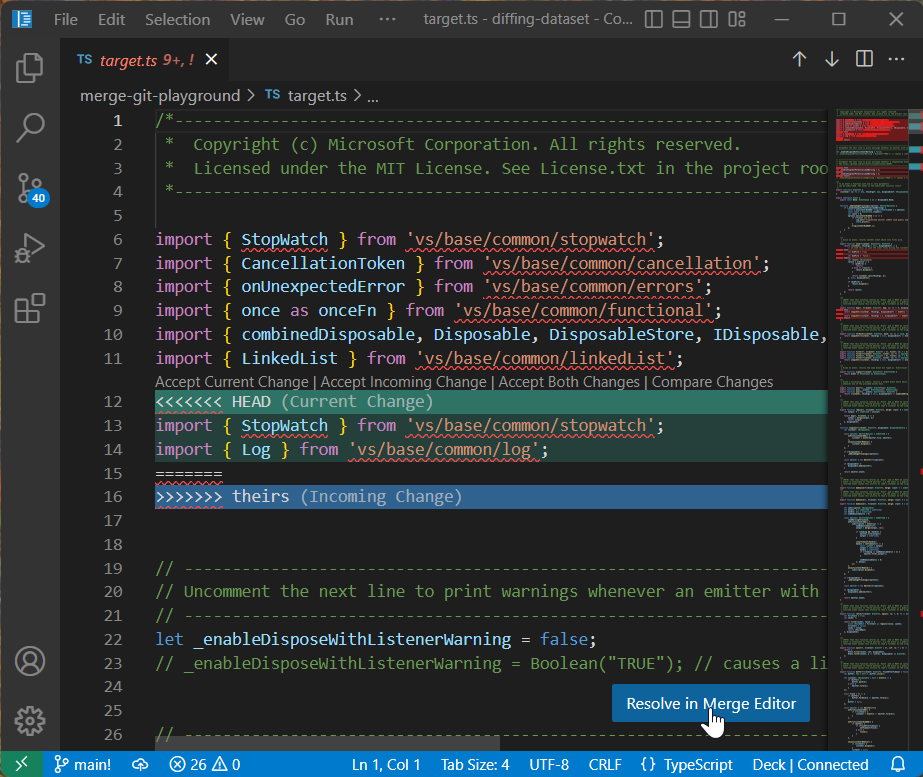Original art
The advent of cinema in the late 19th century revolutionized the way stories were told and experienced, bringing a new dynamic visual medium into the art world. The initial impact of cinema was profound, as it offered a new way to capture and present reality, blending elements of theater, photography, and visual art into a single cohesive form shazam-codes.com. This transformative power of film quickly caught the attention of painters, who began to explore how they could incorporate cinematic techniques into their own work to create more engaging and narrative-driven compositions.
Cinematic framing involves the strategic arrangement of elements within a scene to direct the viewer’s attention and enhance the narrative. Painters have adopted this technique to create a sense of movement and story within their static compositions. By using techniques such as close-ups, wide shots, and off-center framing, artists can evoke the feeling of a film still, drawing the viewer into the scene and encouraging them to imagine the unfolding narrative.
It would take an entire article to list all the visual references Claro crams into this 8-minute sequence, in which the film’s two narrative threads—one concerning the lives of a wealthy, wretched family; the other, the destruction of the entire planet—merge sublimely (and ridiculously). Even so, Melancholia’s allusion to Millais merits special attention. In Millais’s painting—and in the original Shakespearean play—Ophelia is the victim of Hamlet’s cruelty, as well as her own unbalanced psyche. How right for Claro to connect Ophelia and Justine, the doomed heroine of Melancholia, whose inner trembling is somehow both an omen and a cause of apocalypse.
One of Hockney’s notable works, A Bigger Splash (1967), captures a moment of stillness and anticipation, much like a frame from a film. The composition, with its clear, bright colors and minimalist design, draws attention to the splash of water, hinting at an unseen event and inviting the viewer to imagine the preceding action. This focus on a single, dynamic moment is a hallmark of Hockney’s cinematic approach.
Another trend is the increasing use of AI and machine learning in art creation. Artists are experimenting with algorithms to generate images and compositions, blending human creativity with computational processes. This approach not only expands the possibilities for visual storytelling but also challenges traditional notions of authorship and creativity in art.
Retro graphic
Nostalgia taps into emotions, making people feel connected to familiar experiences from their past. Studies show that consumers trust brands that remind them of simpler, happier times. This emotional connection fosters brand loyalty, increases engagement, and enhances memorability. Nostalgic design helps brands stand out in a crowded marketplace, creating a sense of warmth, comfort, and reliability that resonates with audiences across generations.
What better place to start than learning what retro art is? Retro style is a broad category that specializes in consciously imitating stylistic choices in historical art. While there’s no strict limitation to which decades are included within this historical timeframe, generally retro art only covers the 19th and 20th centuries. More strictly, retro designs tend to focus on visual elements from the ’20s to the ’70s.
Retro design isn’t always a hit with everyone. Some people may not connect with the nostalgic vibe or might find it too outdated for their tastes. This can lead to confusion or a sense of disconnection, especially for those who prefer more modern, sleek, or minimalist aesthetics.

Nostalgia taps into emotions, making people feel connected to familiar experiences from their past. Studies show that consumers trust brands that remind them of simpler, happier times. This emotional connection fosters brand loyalty, increases engagement, and enhances memorability. Nostalgic design helps brands stand out in a crowded marketplace, creating a sense of warmth, comfort, and reliability that resonates with audiences across generations.
What better place to start than learning what retro art is? Retro style is a broad category that specializes in consciously imitating stylistic choices in historical art. While there’s no strict limitation to which decades are included within this historical timeframe, generally retro art only covers the 19th and 20th centuries. More strictly, retro designs tend to focus on visual elements from the ’20s to the ’70s.
Visual
Setup adds Visual Studio Code to your %PATH% environment variable, to let you type ‘code .’ in the console to open VS Code on that folder. You need to restart your console after the installation for the change to the %PATH% environmental variable to take effect.
Windows is a popular operating system and it can also be a great cross-platform development environment. This section describes cross-platform features such as the Windows Subsystem for Linux (WSL) and the Windows Terminal.
These Build Tools allow you to build Visual Studio projects from a command-line interface. Supported projects include: ASP.NET, Azure, C++ desktop, ClickOnce, containers, .NET Core, .NET Desktop, Node.js, Office and SharePoint, Python, TypeScript, Unit Tests, UWP, WCF, and Xamarin. Use of this tool requires a valid Visual Studio license, unless you are building open-source dependencies for your project. See the Build Tools license for more details.

Setup adds Visual Studio Code to your %PATH% environment variable, to let you type ‘code .’ in the console to open VS Code on that folder. You need to restart your console after the installation for the change to the %PATH% environmental variable to take effect.
Windows is a popular operating system and it can also be a great cross-platform development environment. This section describes cross-platform features such as the Windows Subsystem for Linux (WSL) and the Windows Terminal.
These Build Tools allow you to build Visual Studio projects from a command-line interface. Supported projects include: ASP.NET, Azure, C++ desktop, ClickOnce, containers, .NET Core, .NET Desktop, Node.js, Office and SharePoint, Python, TypeScript, Unit Tests, UWP, WCF, and Xamarin. Use of this tool requires a valid Visual Studio license, unless you are building open-source dependencies for your project. See the Build Tools license for more details.